Beni Schichihenge Japanese Maple – 5 Gallon Pot
$219.97 Original price was: $219.97.$99.99Current price is: $99.99.
SKU: D2LSC 9424552594 Category: JAPANESE MAPLE TREES
- 7 days return and exchange
- 100% Quality Satisfaction
- Shop with Confidence
- No Compromise on Quality

‘Beni Schichihenge’ Japanese Maple
Acer palmatum ‘Schichihenge’
Plant Details
USDA Plant Hardiness Zones: 5a-8b Find Your Zone
Height at Maturity: 8-12′
Width at Maturity: 8-12′
Growth Habit / Form: Upright, Rounded Vase
Growth Rate: Slow to Moderate
Foliage Color in Spring: Pink, White, Green
Foliage Color in Summer: White, Green
Foliage Color in Fall: Gold, Orange and Red shades
Light Needs: Morning Sun with Dappled or Afternoon Shade, All Day Filtered Sun
Water Needs: Average, moderately drought tolerant when established
Soil Type: Clay (amend heavy clay soil to ensure good drainage), Loam, Sand, Silt
Drainage: Moist to Damp But Well Drained; Well drained soil is a must!
Soil pH: 5.0 – 7.0 is ideal
Maintenance: Low
Resistances: Deer, Insect, Disease
Description
A show-stopping extraordinaire in the garden, the ‘Beni Schichihenge’ Japanese Maple is a lovely tree that always draws attention year round from visitors to our gardens. It will light up the garden with its brightly variegated foliage that changes colors through the seasons. The deeply lobed leaves emerge light green with lipstick-red margins then turning to bluish-green with creamy white margins blushed in a peachy salmon-pink. Summer brings green and white that then turns to colorful gold and red shades with the arrival of cooler temperatures in fall. All grown up this upright, vase-shaped beauty might reach 12 feet tall and equally as wide. Perfect for smaller gardens spaces and as an accent tree home foundation plantings.
Landscape & Garden Uses
To showcase its magnificence and beauty, the Beni Schichihenge Japanese Maple is best used in the landscape as a focal point specimen to draw attention to a specific area of the home or landscape. That said, you can plant them in groupings of three or frame an entryway with two.
Suggested Spacing: At least 15 feet apart for space between trees
Container culture can extend the useful range of Japanese Maples. They are extremely easy to grow in containers, a practice taken to its most extreme form in the art of bonsai. Click on the link below under Helpful Articles for Japanese Maple container planting instructions.
Note: One Japanese Maple can make a landscape…that is, if you don’t overcrowd it with other trees and plants. Therefore, when choosing companions to plant under or around your Japanese Maple, make sure to select low-growing shrubs or groundcovers that won’t interfere at all with your tree.
Growing Preferences
Though delicate looking, Japanese Maples are actually very tough, long-lived trees that are easy to grow in the ground or in containers.
In their natural habitat, Japanese Maples are understory trees, growing in dappled forest sunlight at the edges of woodlands. Ideally, Beni Schichihenge prefers to be grown in similar conditions. If interested in a tree for a sunny site, you can find a complete listing of our sun-tolerant Japanese Maple varieties here.
Most any average garden soil will grow Japanese Maples. They prefer a moist but well-drained soil rich in organic matter. As with so many other ornamental plants and trees, constantly soggy or wet soil can be problematic. So make sure to plant your Japanese Maple in a well-drained site.
Helpful Articles
Click on a link below to get helpful advice from our experts on how to plant and care for Japanese Maple trees.
How To Plant A Japanese Maple Tree In The Ground
How to Plant A Japanese Maple Tree In A Pot
How To Fertilize And Water A Japanese Maple Tree
How To Prune A Japanese Maple
Plant Long & Prosper!
Meet The Wilson Brothers & Staff
Questions? Contact Us!
Be the first to review “Beni Schichihenge Japanese Maple – 5 Gallon Pot” Cancel reply
Related products
New
JAPANESE MAPLE TREES
New
JAPANESE MAPLE TREES
New
JAPANESE MAPLE TREES
New
JAPANESE MAPLE TREES
New
JAPANESE MAPLE TREES
New
JAPANESE MAPLE TREES
New
JAPANESE MAPLE TREES
New
JAPANESE MAPLE TREES


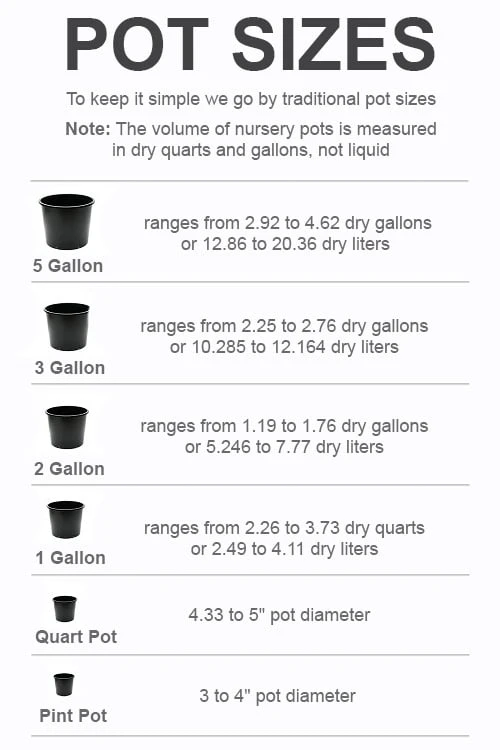
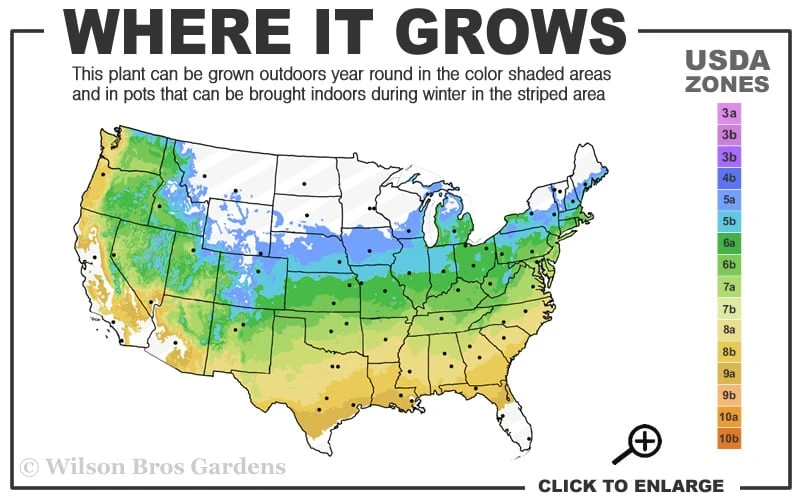


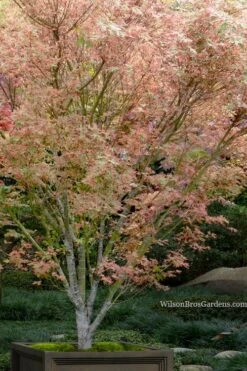
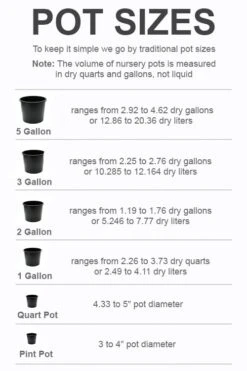



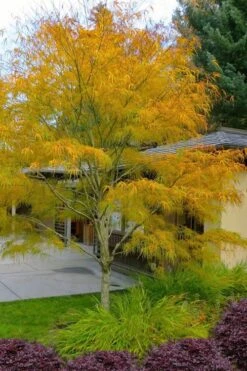




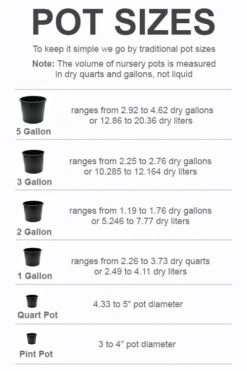

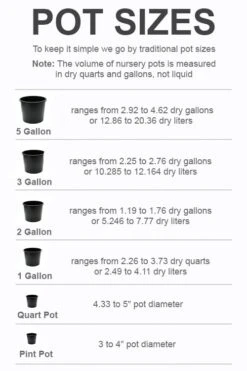
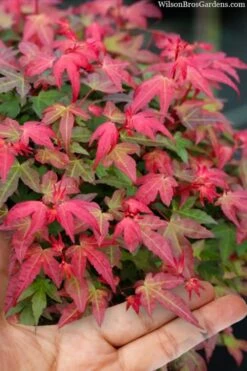
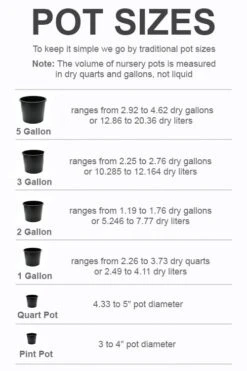

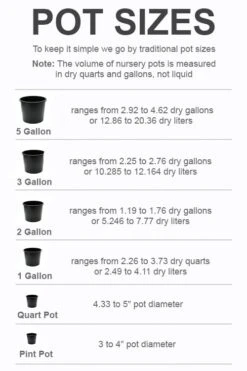
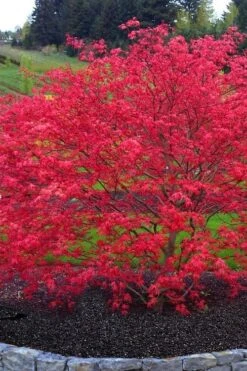
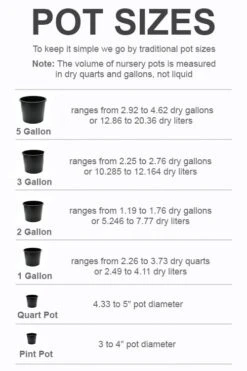

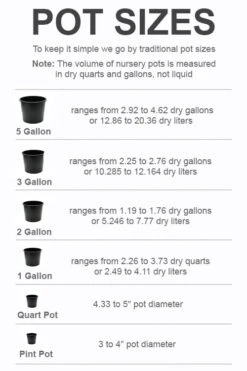
Reviews
There are no reviews yet.